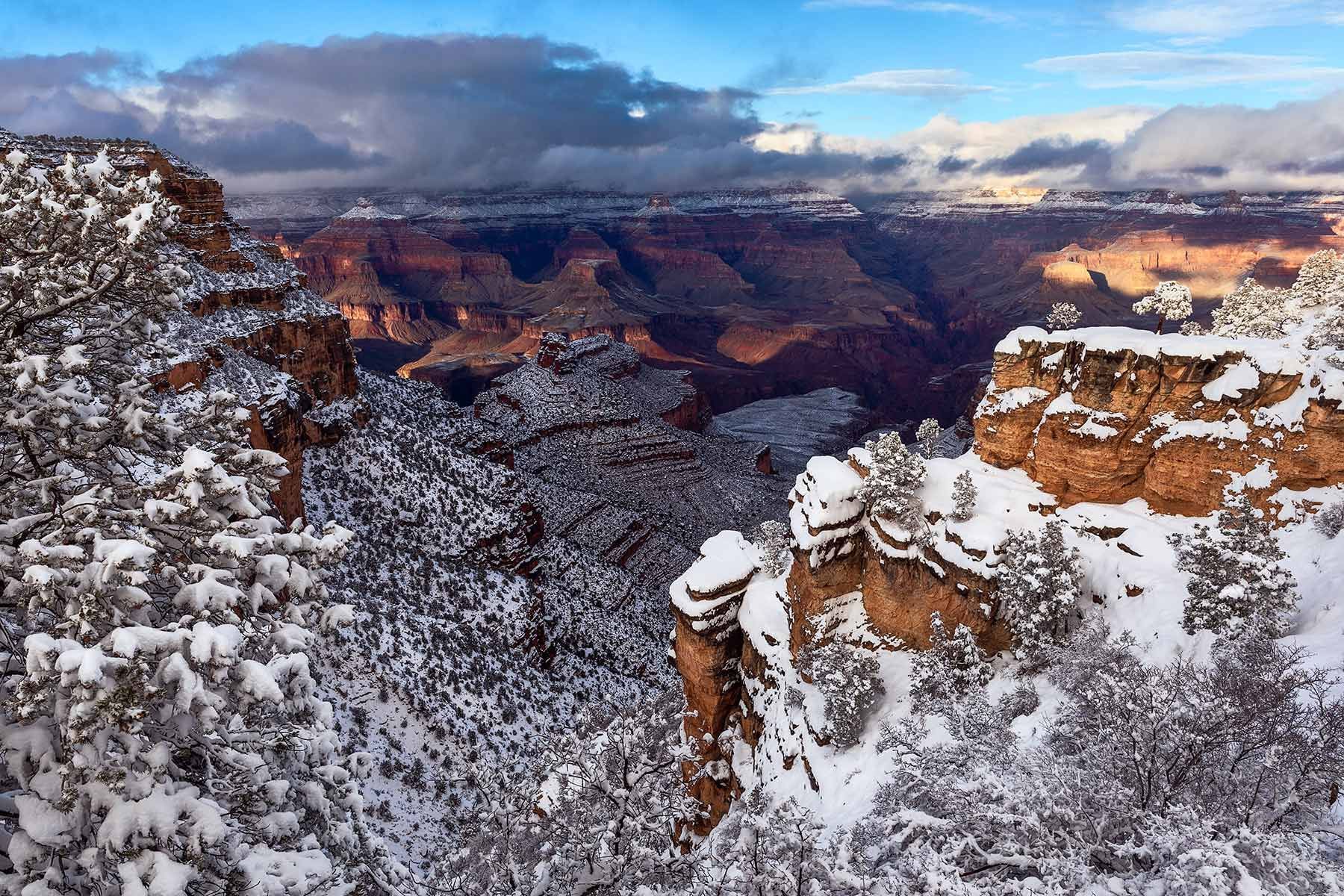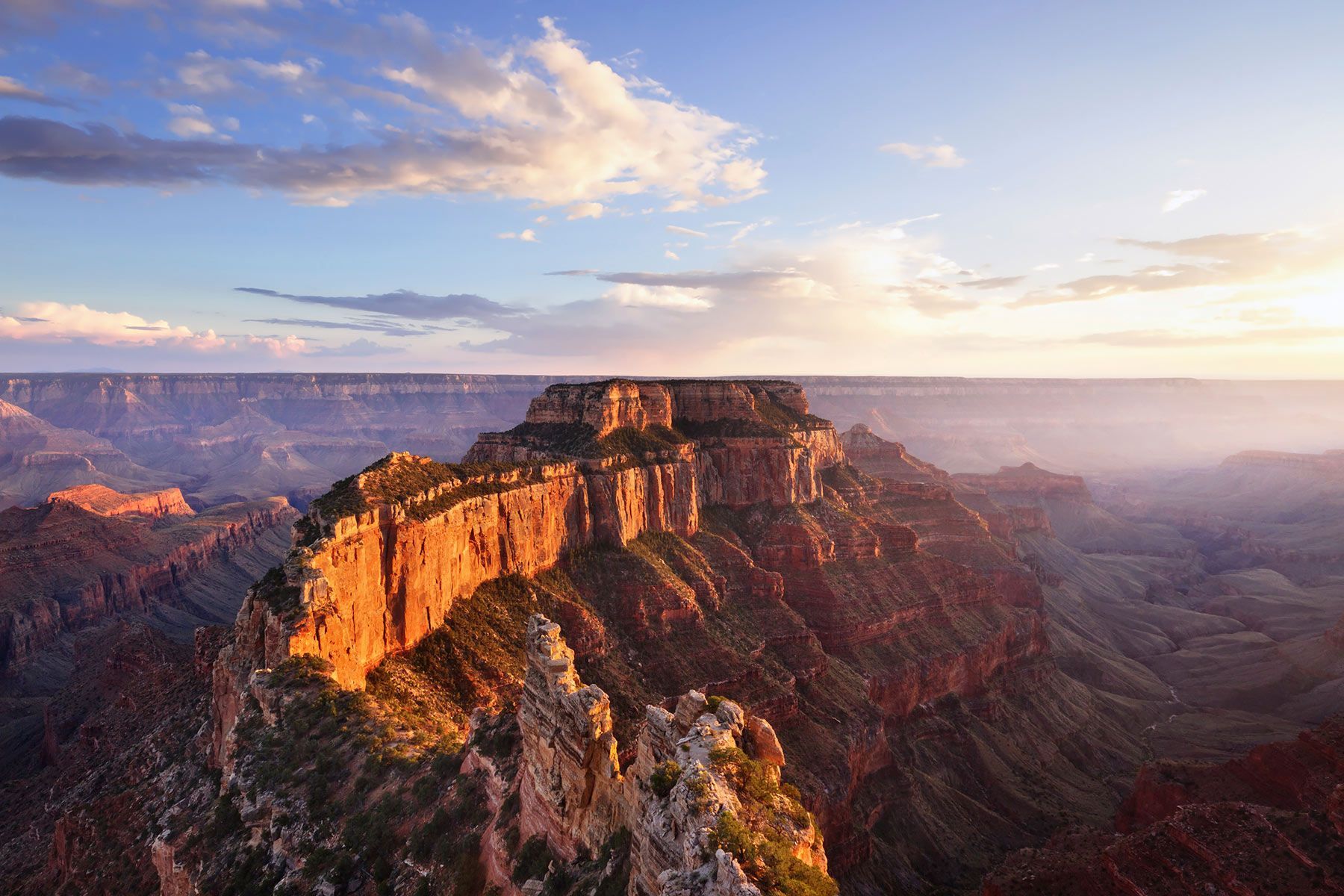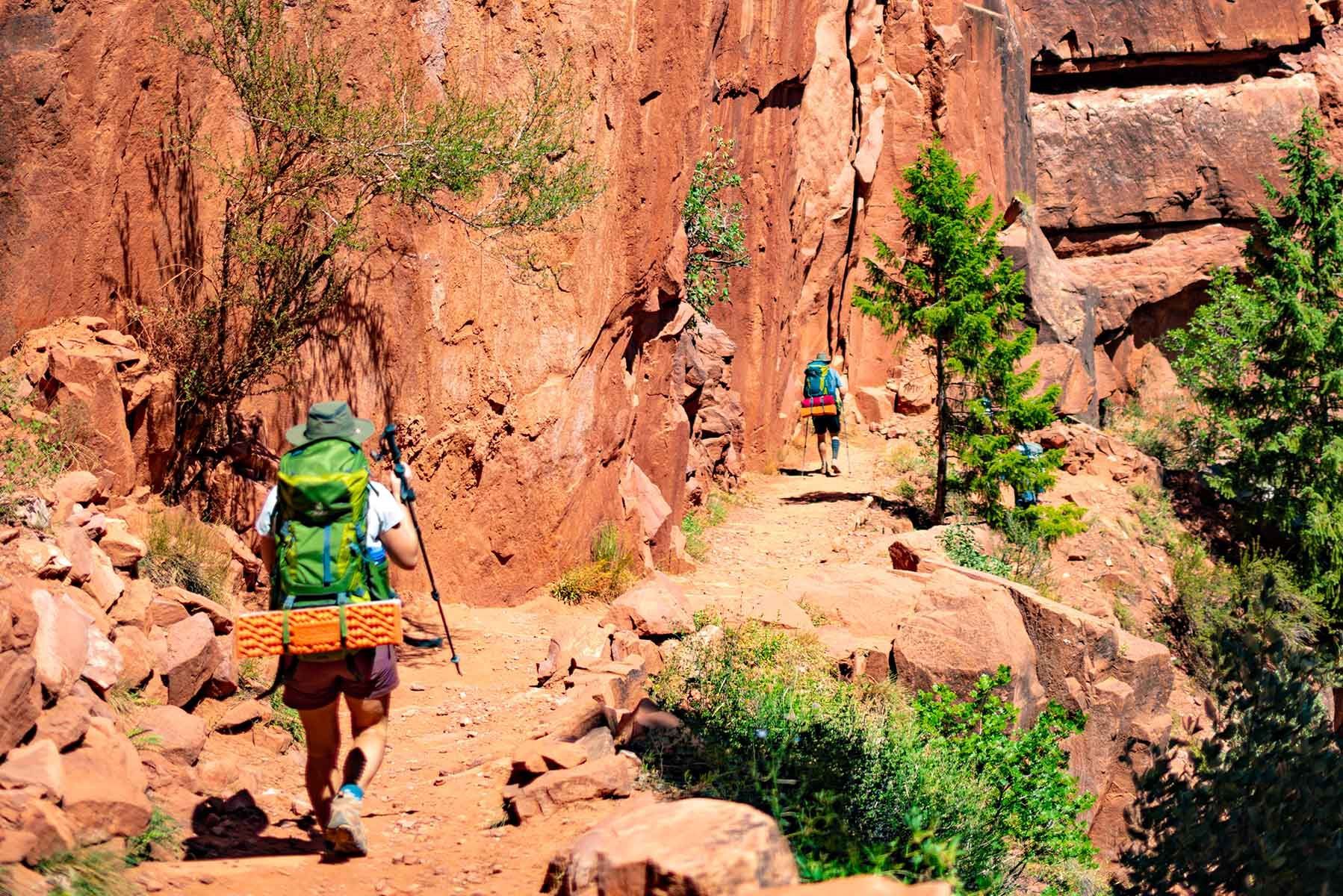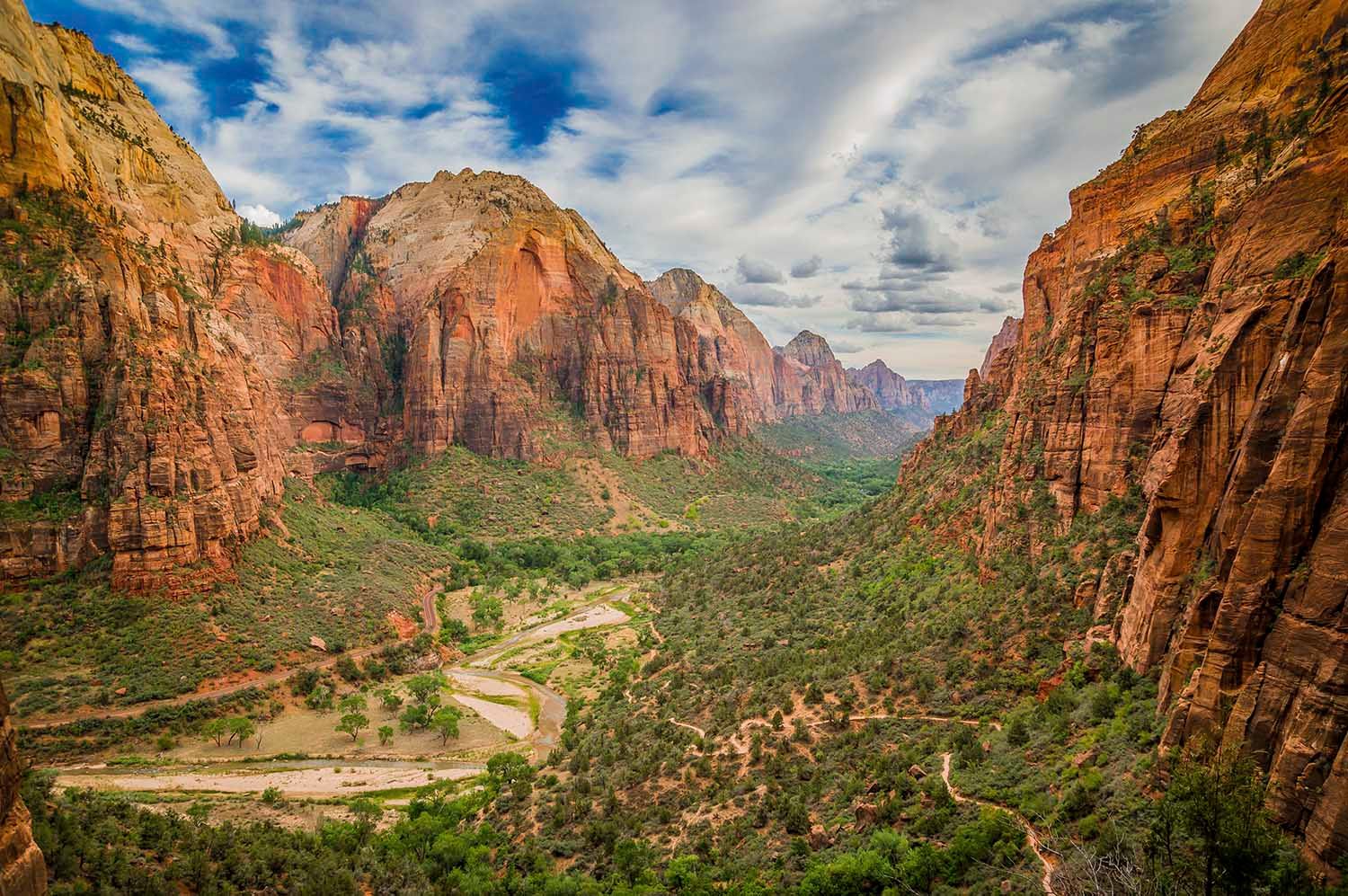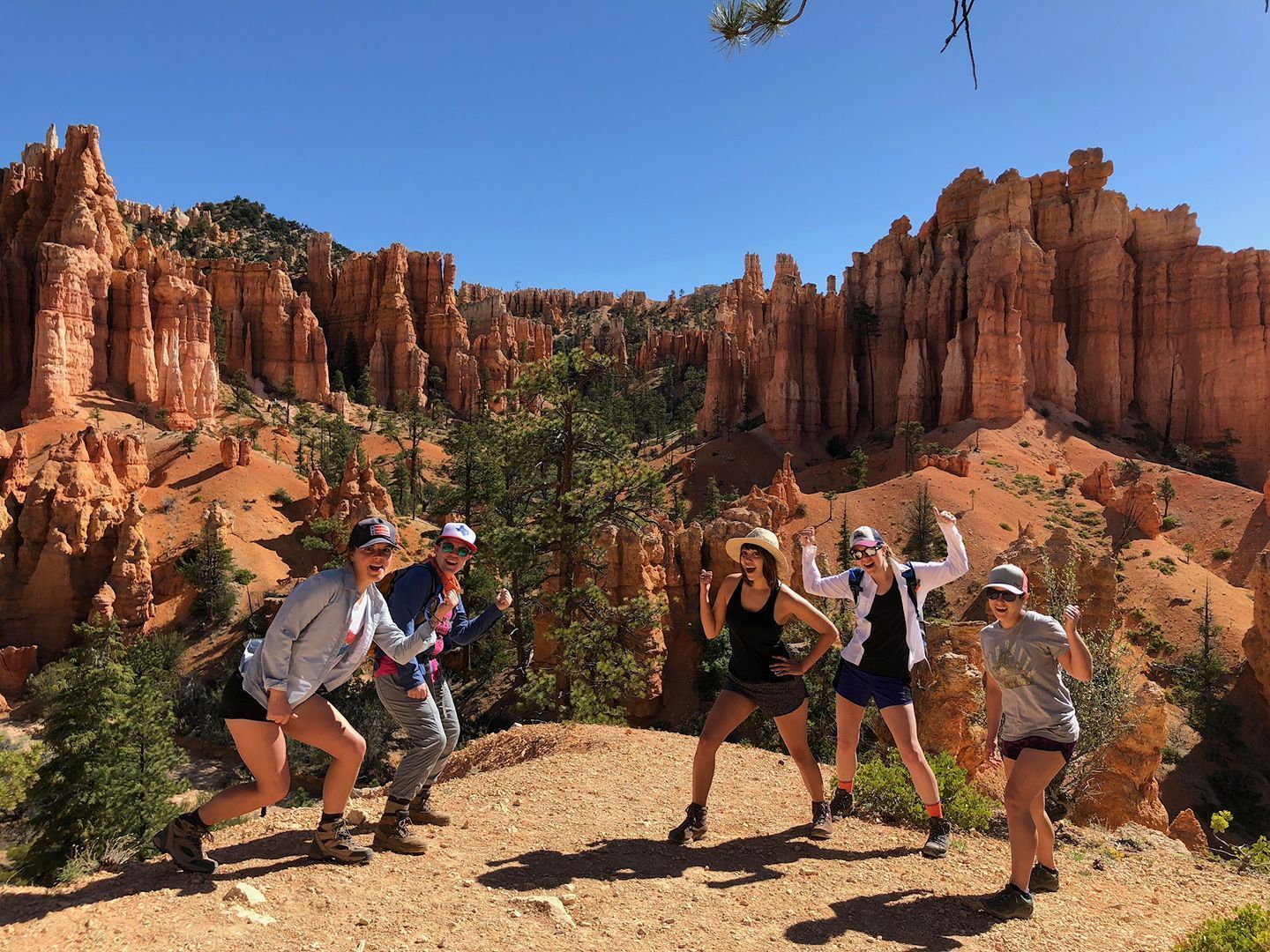Adventure Travel: Yep, It’s Now Officially ‘A Thing’
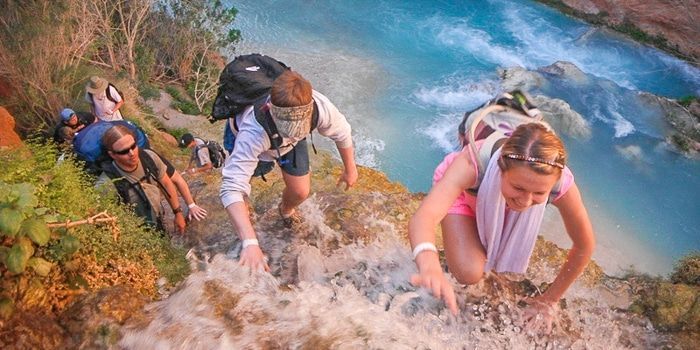
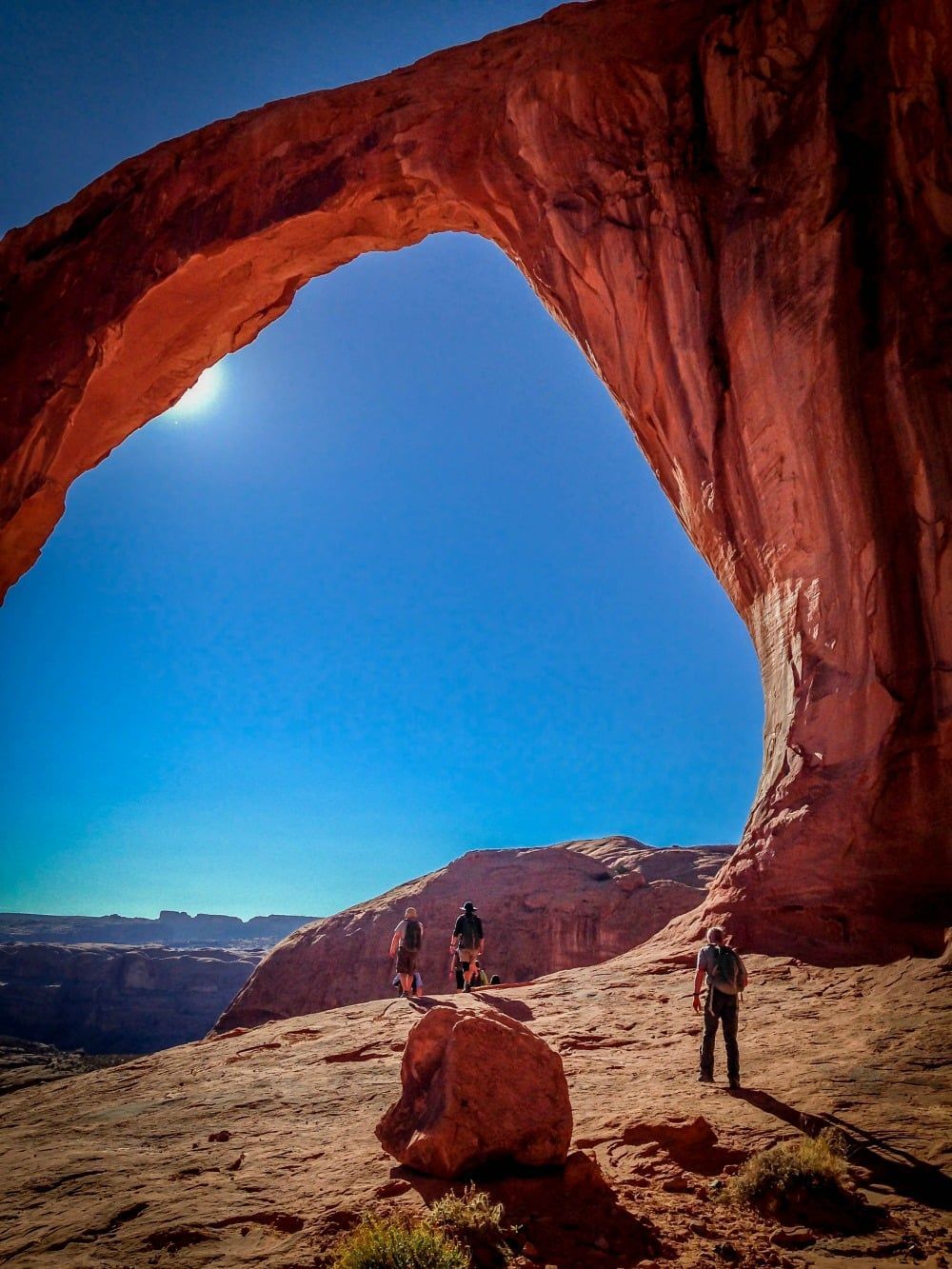
Key Takeaways
- Adventure travel combines physical activity, cultural immersion, and connection with nature—making it an ideal way to explore regions like the American Southwest.
- The Southwest’s dramatic landscapes of canyons, deserts, and mountains make it one of the top destinations for hikers and backpackers seeking authentic adventure experiences.
- Many Southwestern trails offer cultural depth, featuring ancient petroglyphs, tribal lands, and opportunities to engage with Native American heritage.
- Guided adventure tours provide safety, navigation expertise, and handle logistics such as permits and transport, allowing travelers to focus on exploration.
- True adventure travel isn’t about survival; it’s about safe discovery and personal growth through challenging, awe-inspiring natural experiences.
If you are a regular hiker or backpacker or kayaker who frequently heads out to wilderness trails you may be somewhat bewildered that the world has given a name to your activity – adventure travel. There is now even an Adventure Travel Trade Association with over 1000 members to help folks find the roads less traveled that you discovered long ago.
The definitions of “adventure travel” are loose but generally a vacation built around exploration will involve three elements: a physical activity (often outside one’s typical “comfort zone”), a brush with a different culture, and an immersion in nature. In the United States, this makes adventure travel synonymous with the Southwest.
Nowhere in the country can you hike and backpack in terrain that is more “alien” than the North American deserts of the Southwest. Gaping gorges, slot canyons, rocky moonscapes, and majestic mountains mix with intoxicating dry air and sunshine to form nature’s most beguiling cocktail.
Culturally, the Southwest remains a bastion of Native American life, with large swaths of land still owned by Indian tribes. Some of the natural treasures of the region, such as Havasu Falls in the Grand Canyon, are located on tribal lands. Many of the celebrated hiking routes in Arizona and Utah travel past petroglyphs and pictographs, rock carvings and rock paintings that can be thousands of years old. Any vacation in the American Southwest ultimately becomes a cultural exchange with the people who live every day in lands most consider exotic.
Yes, the Southwest is a gift to adventure travelers. But lurking inside that word “adventure” is risk. Deserts can be hot, forbidding places. One of the cardinal rules of adventure travel is to respect the dangers of the destination. The best way to prepare for the obstacles of a desert exploration is to count on the experience of others. Trails do not always identify themselves on slickrock, and arroyos do not always run in solitary straight lines.
Guided tours help ensure that travelers do not get more adventure than they bargained for in the desert.
Professional navigation is also invaluable off the trail. Now that adventure travel has become big business the destinations have spawned reservations, regulations, and permits. Some have quotas on how many explorers can access the trail at all. Then there are the logistics of food and transportation in the desert. These are all adventures no traveler is eager to go on. Guided tour operators can sweat those details.
Don’t be misled. Adventure travel does not mean going to an inhospitable land and fending for oneself in a challenge for survival. It is broadening one’s experiences,
exploring the natural world in all its splendor – and doing it safely.
Frequently Asked Questions
Adventure travel combines outdoor exploration, cultural immersion, and nature-based experiences that take travelers beyond their comfort zones — often in regions like the American Southwest.
What is adventure travel?
Adventure travel is a type of tourism focused on exploration and active experiences in natural environments. It usually involves physical activity, cultural exchange, and immersion in nature — think hiking, kayaking, or backpacking in remote or unfamiliar settings.
Why is the American Southwest popular for adventure travel?
The Southwest offers dramatic desert landscapes, slot canyons, cliffs, and Native American cultural sites. Its combination of natural beauty and cultural depth makes it a top choice for those seeking authentic adventure experiences.
What are examples of adventure travel activities?
Common adventure travel activities include hiking, backpacking, rock climbing, kayaking, rafting, and exploring caves or canyons. Many trips also include cultural components such as visiting tribal lands or historical sites.
Is adventure travel dangerous?
Adventure travel can involve risks, especially in remote areas. Harsh weather, dehydration, or getting lost are potential hazards. Preparation, experience, and sometimes guided tours are essential for safety.
Should I join a guided tour for adventure travel?
Guided tours are often the safest and most convenient option. Guides handle logistics like permits, transportation, and navigation — letting travelers focus on the experience rather than the risks or planning details.
How should I prepare for a desert adventure trip?
Bring plenty of water, sun protection, and navigation tools. Learn about the terrain and local regulations before setting out. If you’re new to desert hiking, consider joining a guided group for safety and local insight.
What makes adventure travel different from regular tourism?
Unlike traditional tourism, adventure travel emphasizes active participation, challenge, and engagement with the environment and culture. It’s less about sightseeing and more about experiencing nature firsthand.
Can beginners try adventure travel?
Yes. Many tours cater to different skill levels. Beginners can start with guided trips that offer moderate physical activity and expert support to build confidence and experience safely.
What role does culture play in adventure travel?
Cultural immersion is central to adventure travel. Meeting local communities, learning traditions, and visiting historic or sacred sites enrich the journey and create meaningful connections beyond the landscape itself.
Is adventure travel suitable for families?
Many adventure travel options are family-friendly. Activities like hiking, kayaking, and wildlife viewing can be adapted for various ages, with professional guides ensuring safety and enjoyment for all.
Four Season Guides, 506 N Grant St suite o, Flagstaff, AZ 86004, United States
+19285251552
35.19653980, -111.62000560

